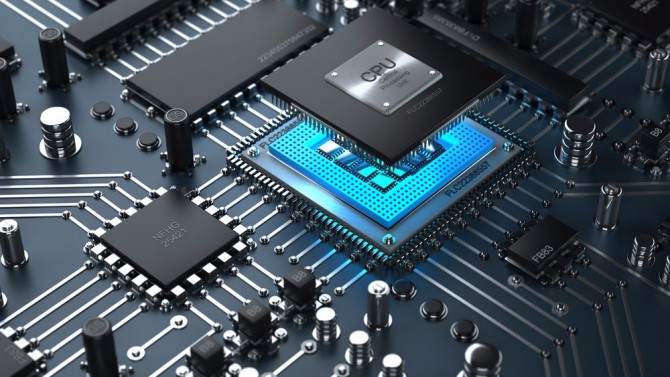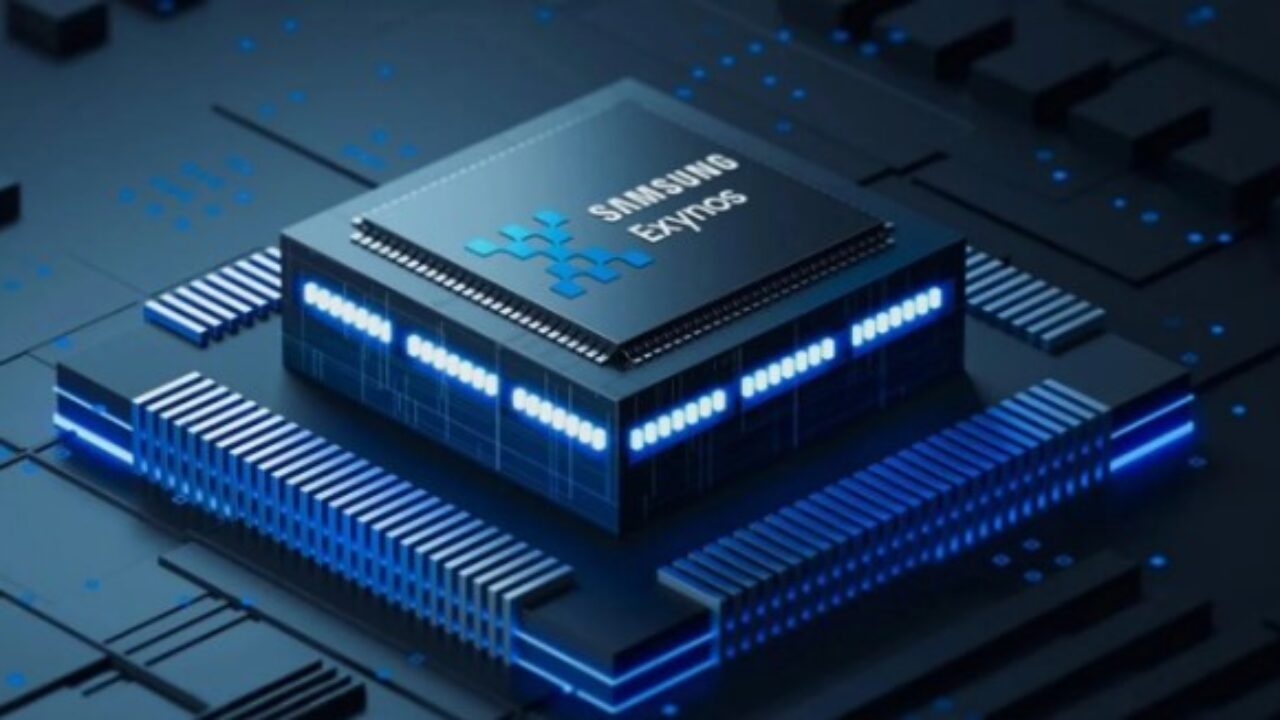In case you’re making an attempt to construct a low-end to midrange gaming PC or workstation with cheap however trendy components, it has been onerous to advocate AMD’s Ryzen 7000-series processors. That is partly as a result of Intel’s CPUs have provided extra cores for related cash, however motherboards with AMD’s socket AM5 have remained stubbornly costly, and their lack of assist for DDR4 reminiscence means you will pay extra to get DDR5 RAM.
That will change considerably because of the brand new entry-level AMD A620 chipset, which the corporate quietly introduced final week. AMD says it ought to convey the costs of AM5-based motherboards all the way down to round $85, not far north of what low-end Intel-based H610 and B660 motherboards value, although they will nonetheless require DDR5 (for the DDR5-6000 that AMD recommends for optimum Ryzen efficiency, the value premium remains to be not fairly double what you will pay for a similar quantity of DDR4-3200).
In comparison with X670 and B650-based motherboards, A620 chipsets can have extra restricted connectivity. There is no PCI Categorical 5.0 assist in any respect for both graphics playing cards or SSDs—not an enormous blow since no GPUs and few SSDs assist PCIe 5.0 at this level anyway, however a step again for future-proofing. The processor will nonetheless present sufficient PCIe 4.0 lanes for a GPU and a single SSD, however the chipset solely helps PCIe 3.0 speeds for extra SSDs. The chipset additionally helps fewer USB ports general and no 20Gbps USB ports.
Maybe extra considerably, A620 chipsets do not assist any sort of processor overclocking, nor do they assist the Precision Increase Overdrive (PBO) or Curve Optimizer options for automated overclocking or undervolting. That is in line with previous AMD A-series chipsets and non-Z-series Intel chipsets, which have additionally restricted their assist for overclocking options. AMD says that reminiscence overclocking will nonetheless be supported by “most [motherboard] fashions.”
These boards would be the best option for somebody who desires to purchase a regular-old Ryzen 7600, 7700, or 7900 processor, set up it, and use it with out a lot tweaking. AMD says that higher-wattage Ryzen chips just like the X or X3D sequence will work so long as the motherboard’s BIOS helps them however that their peak efficiency could also be held again by lower-end voltage regulator modules (VRMs).
Working example: ASRock affords two of the earliest A620 motherboards, the equally named A620-HDV/M.2 and A620-HDV/M.2+. Each motherboards look almost an identical, however the M.2+ model has noticeably beefed-up VRMs with higher cooling (see the realm to the left of the CPU socket). ASRock solely charges the lower-end board for 65 W TDP processors, whereas the M.2+ model can deal with 120 W TDP CPUs.
AMD says that extra A620-based boards are coming from the same old suspects—ASRock, Asus, Gigabyte, MSI, and Biostar are all planning to launch a variety of A620 motherboard choices.





